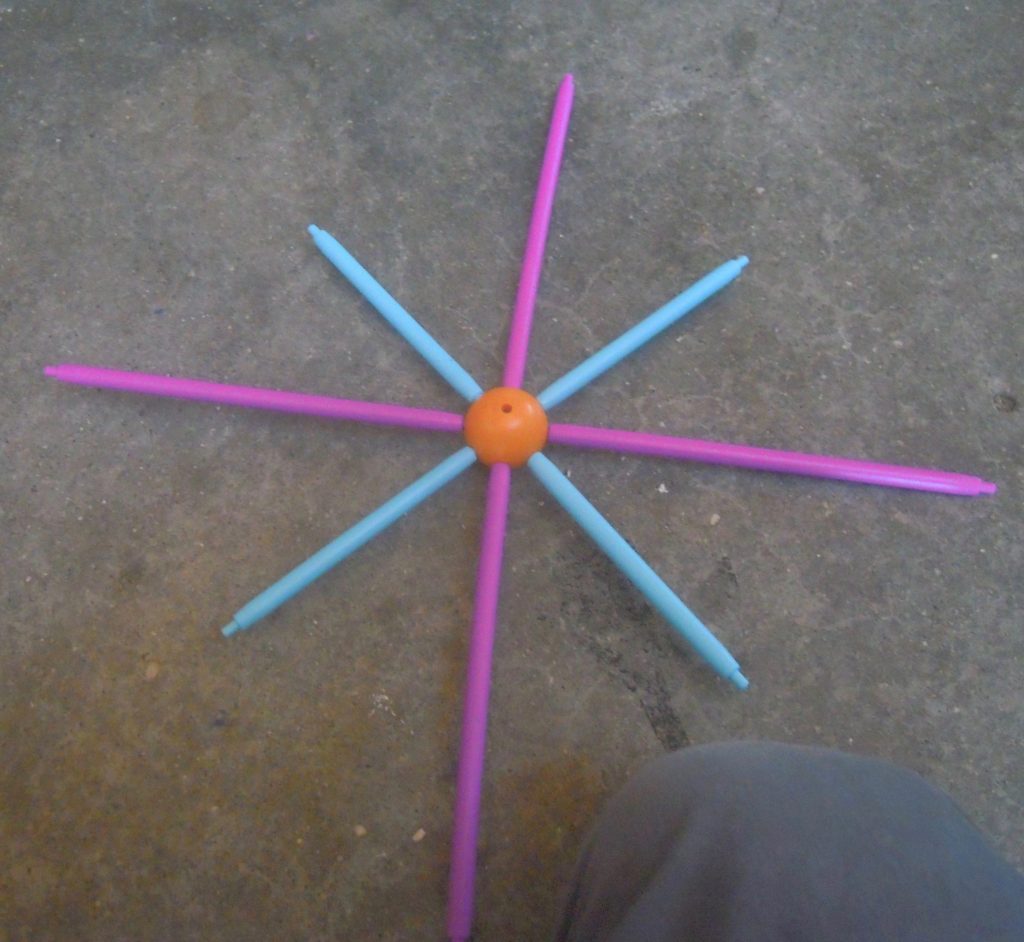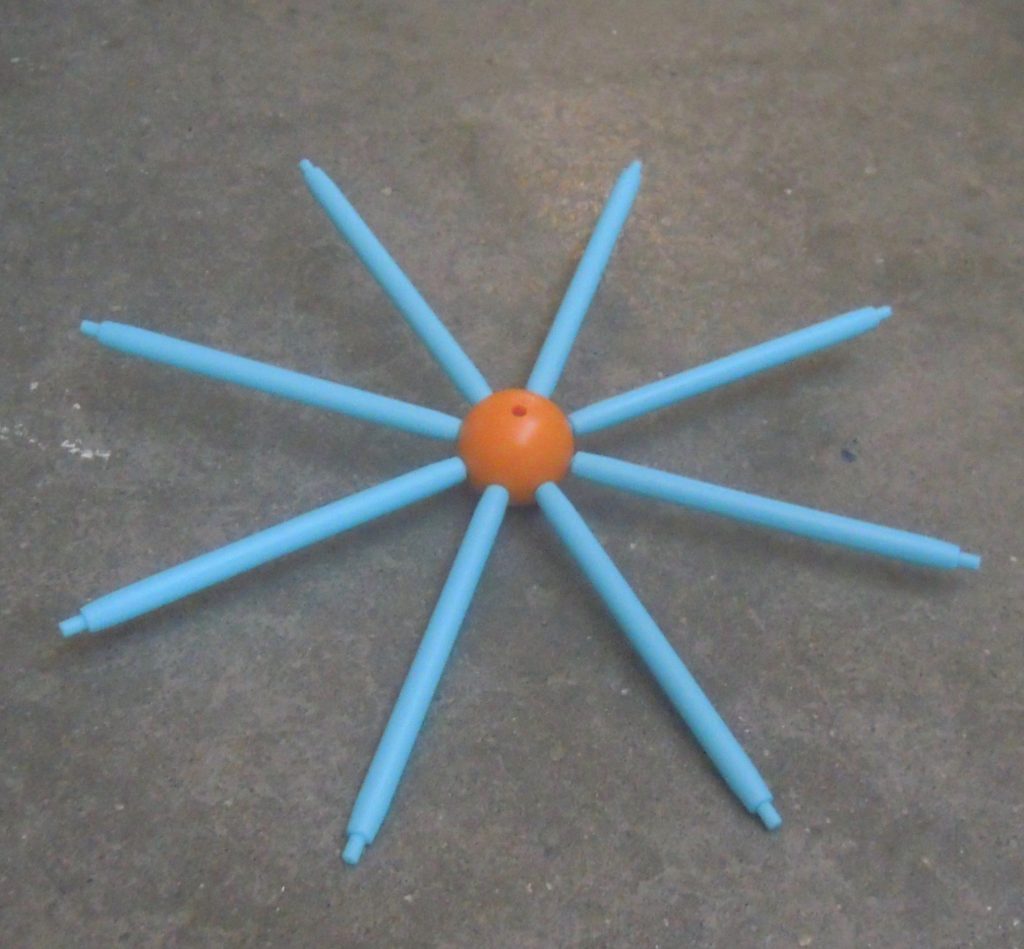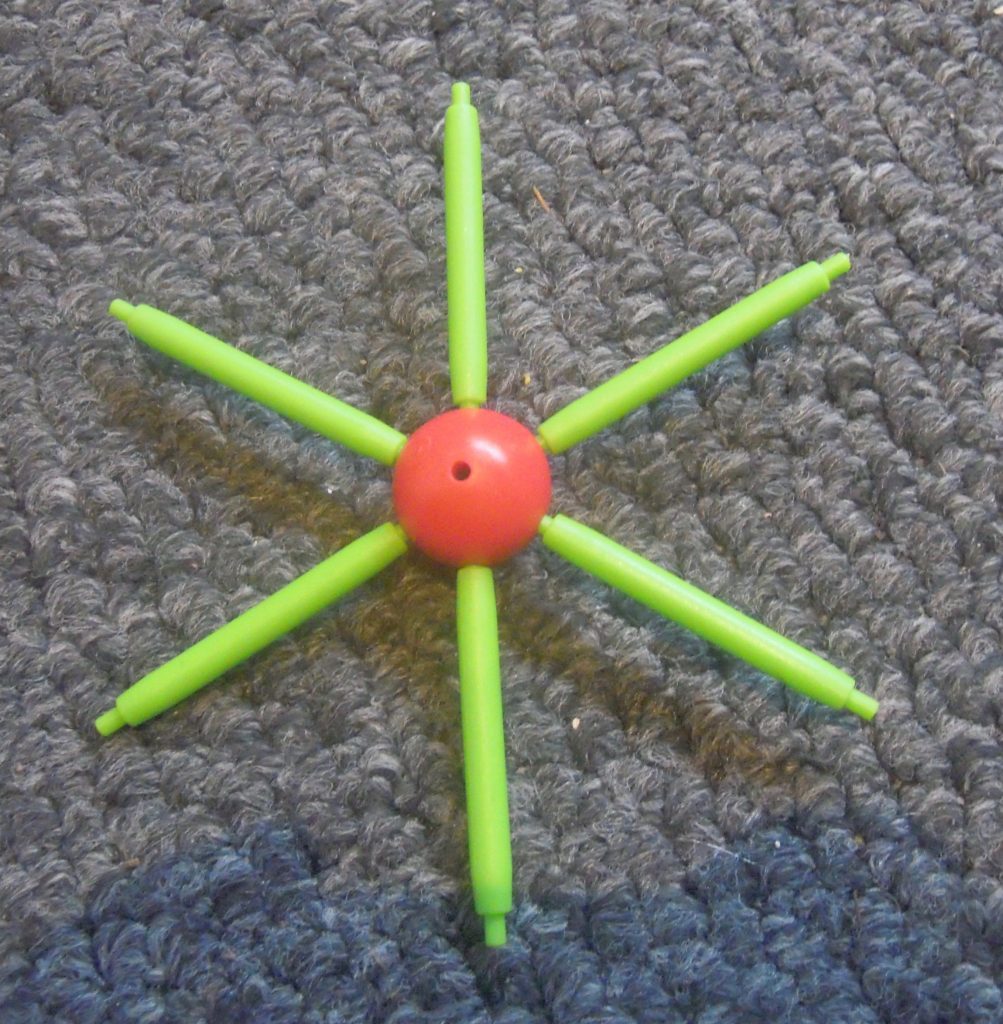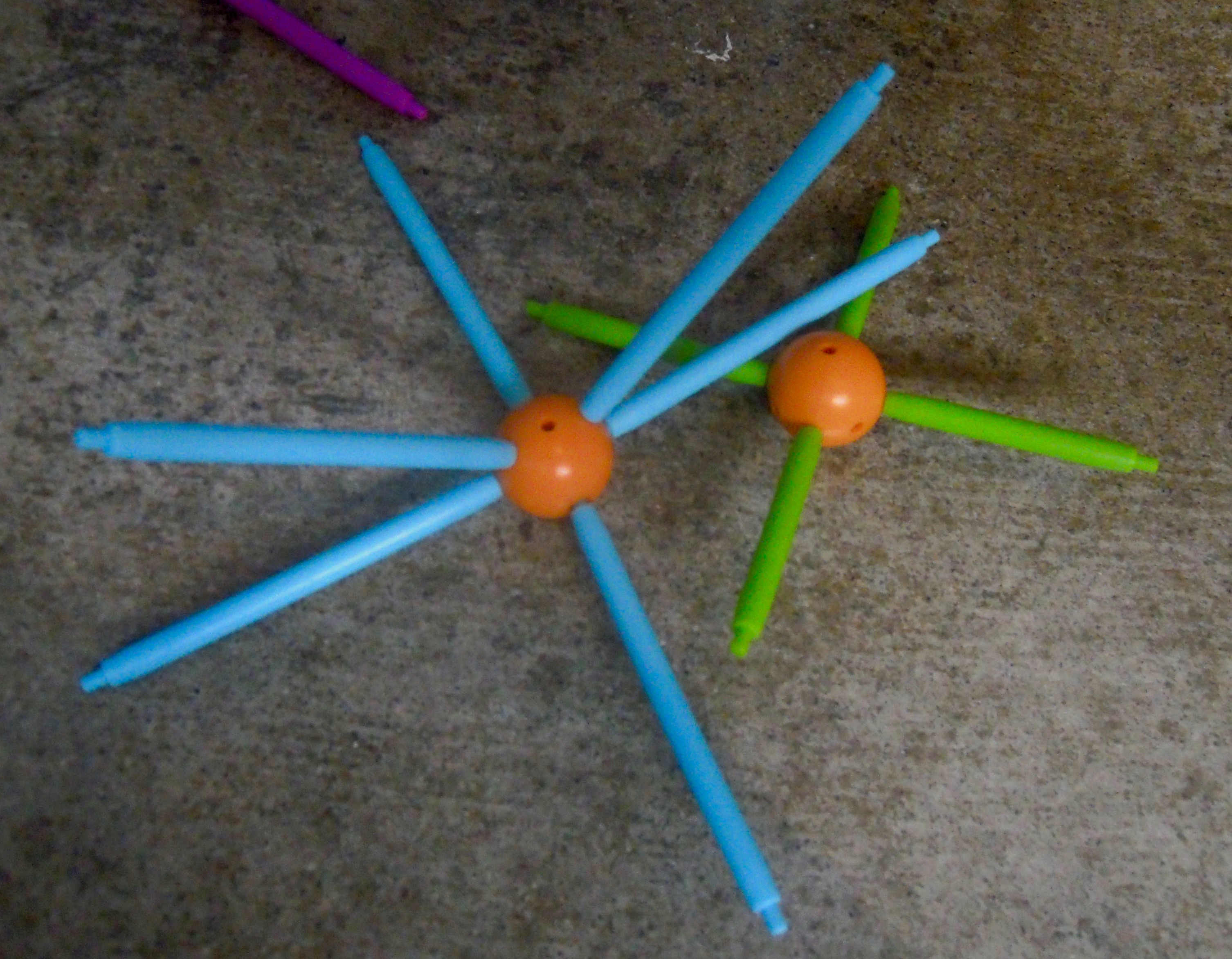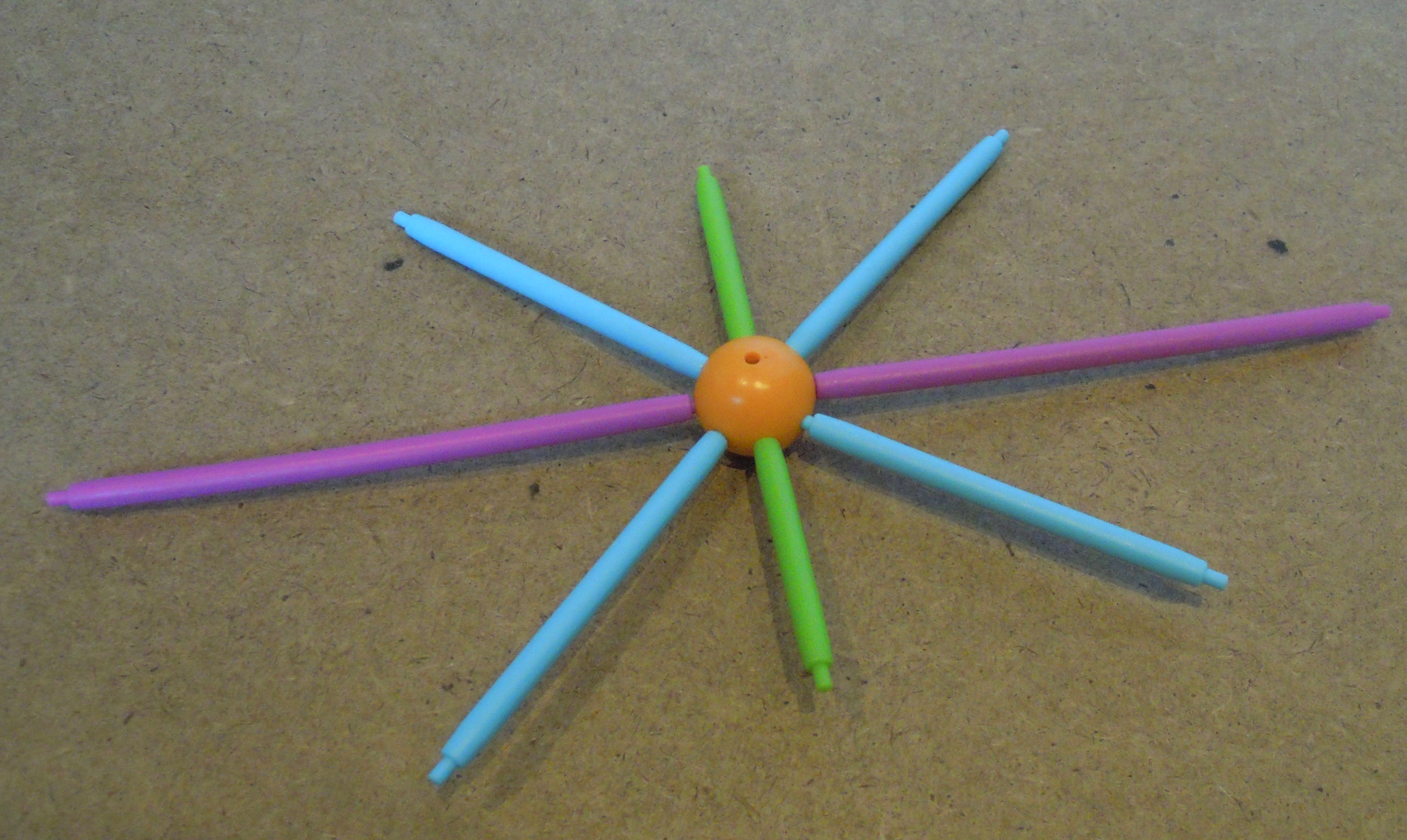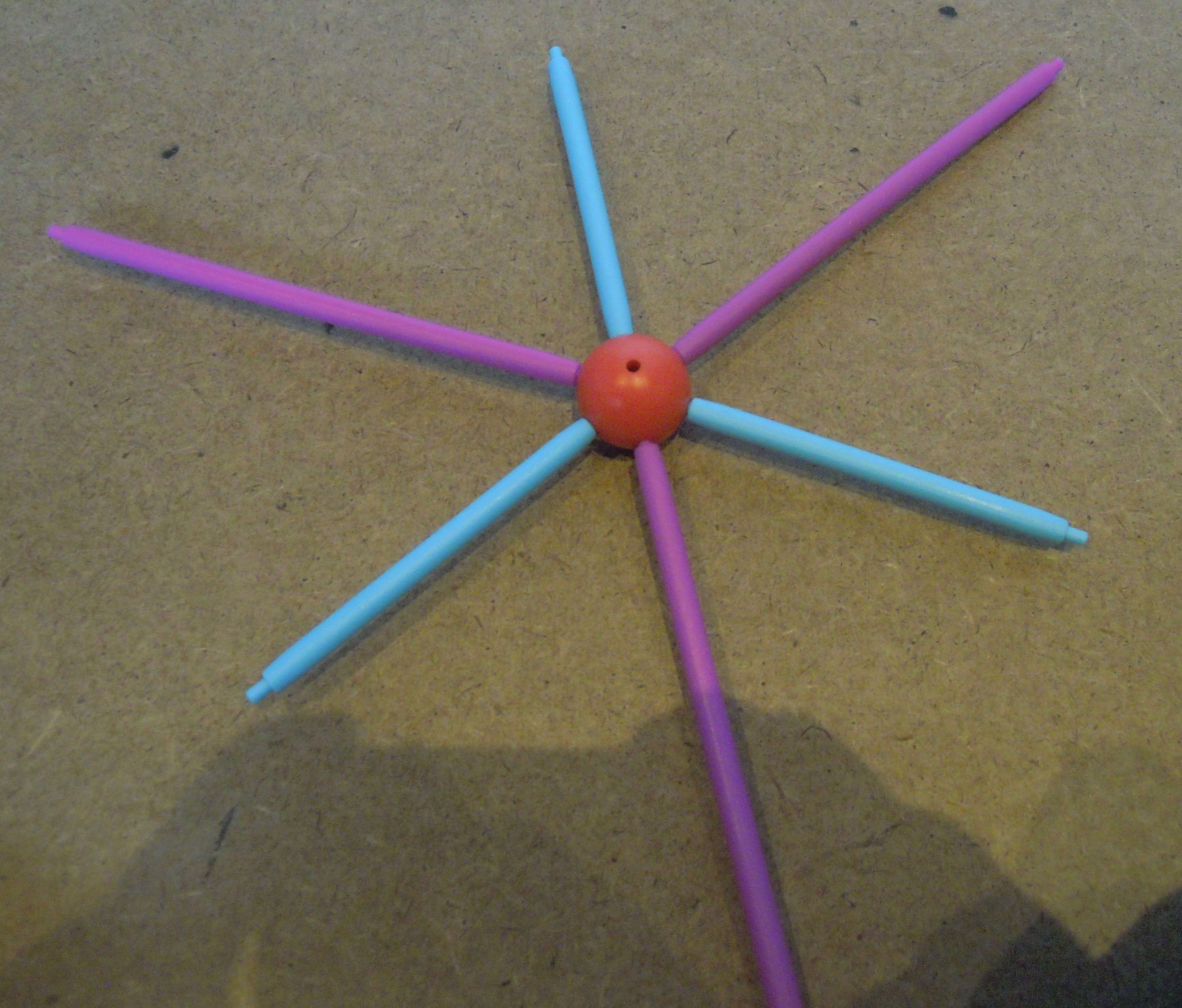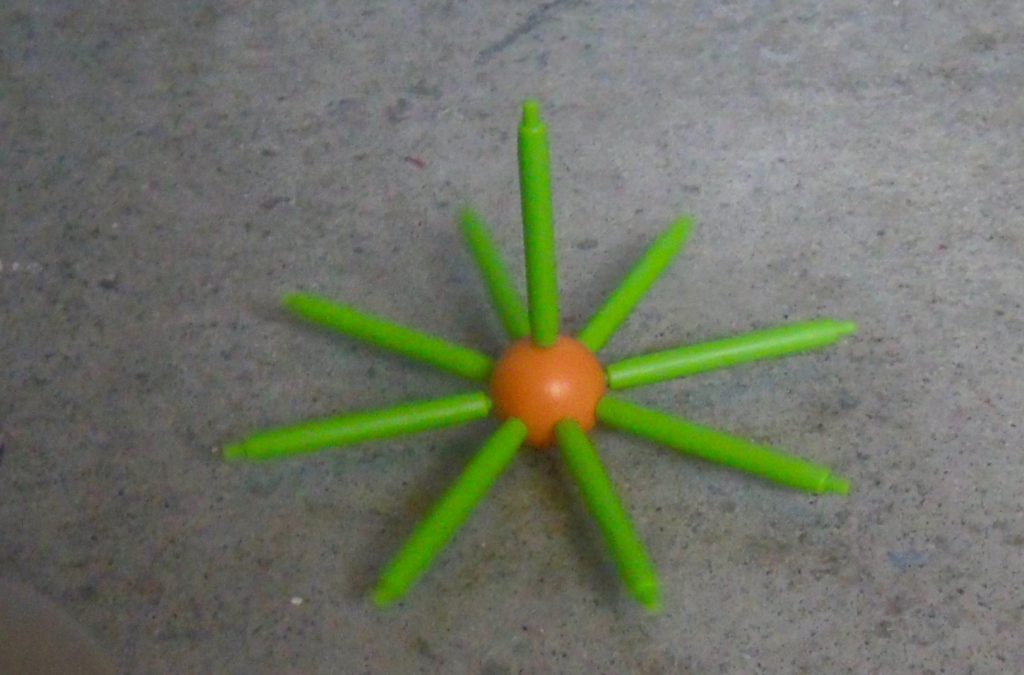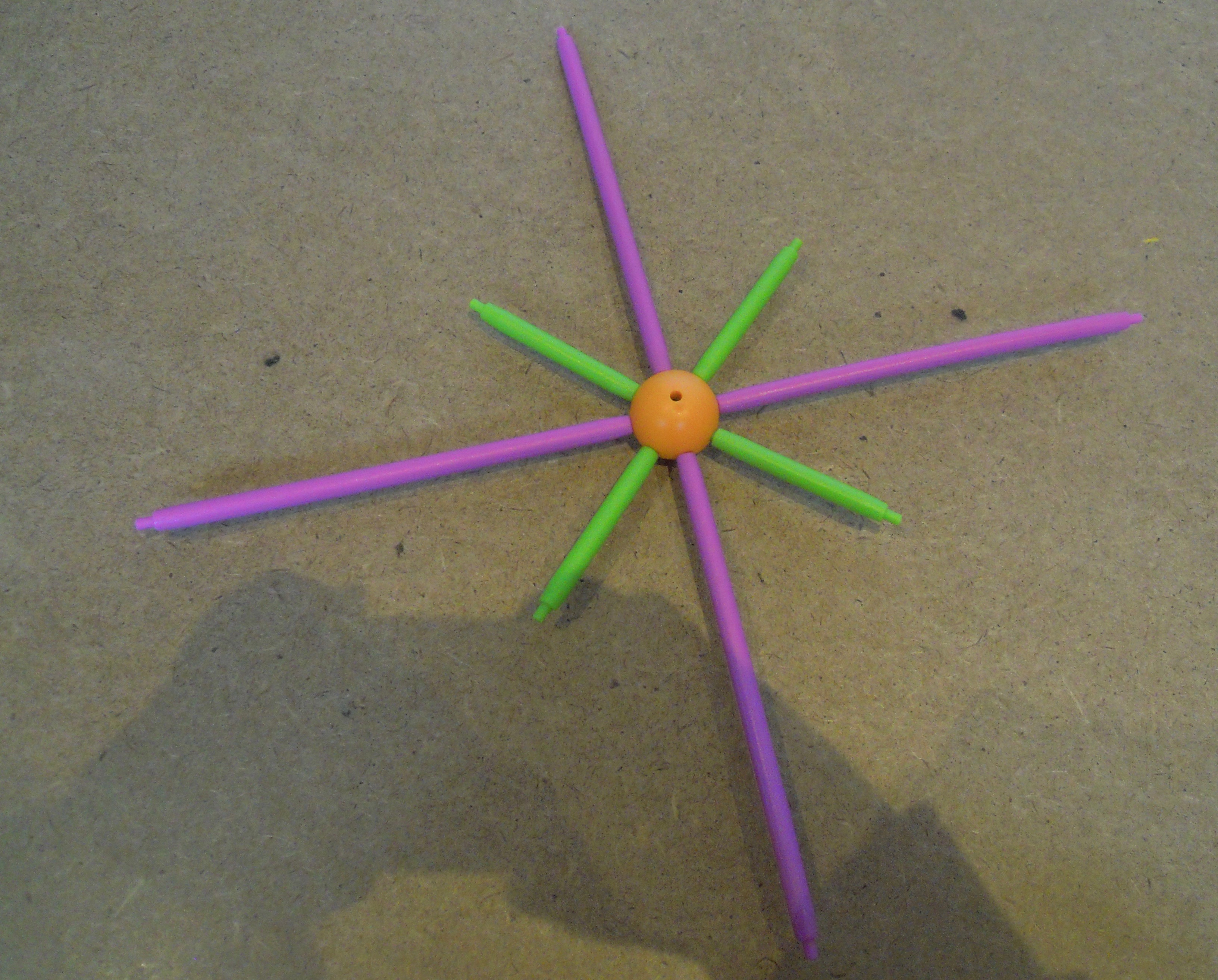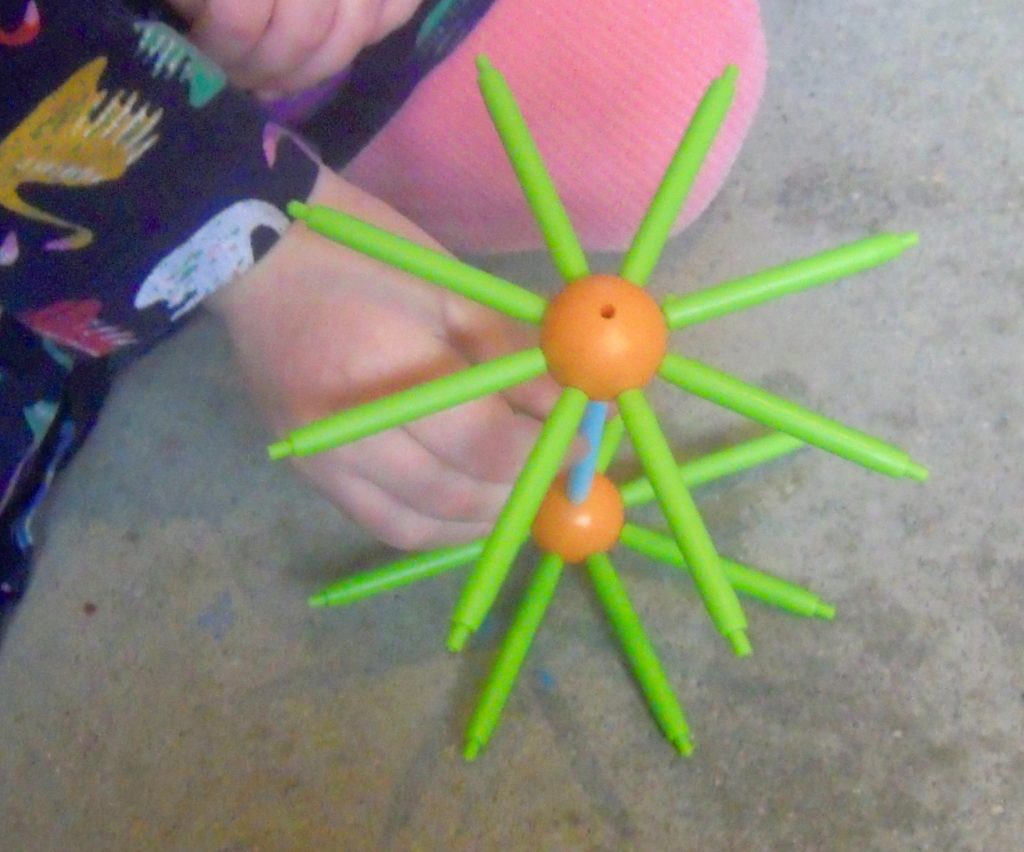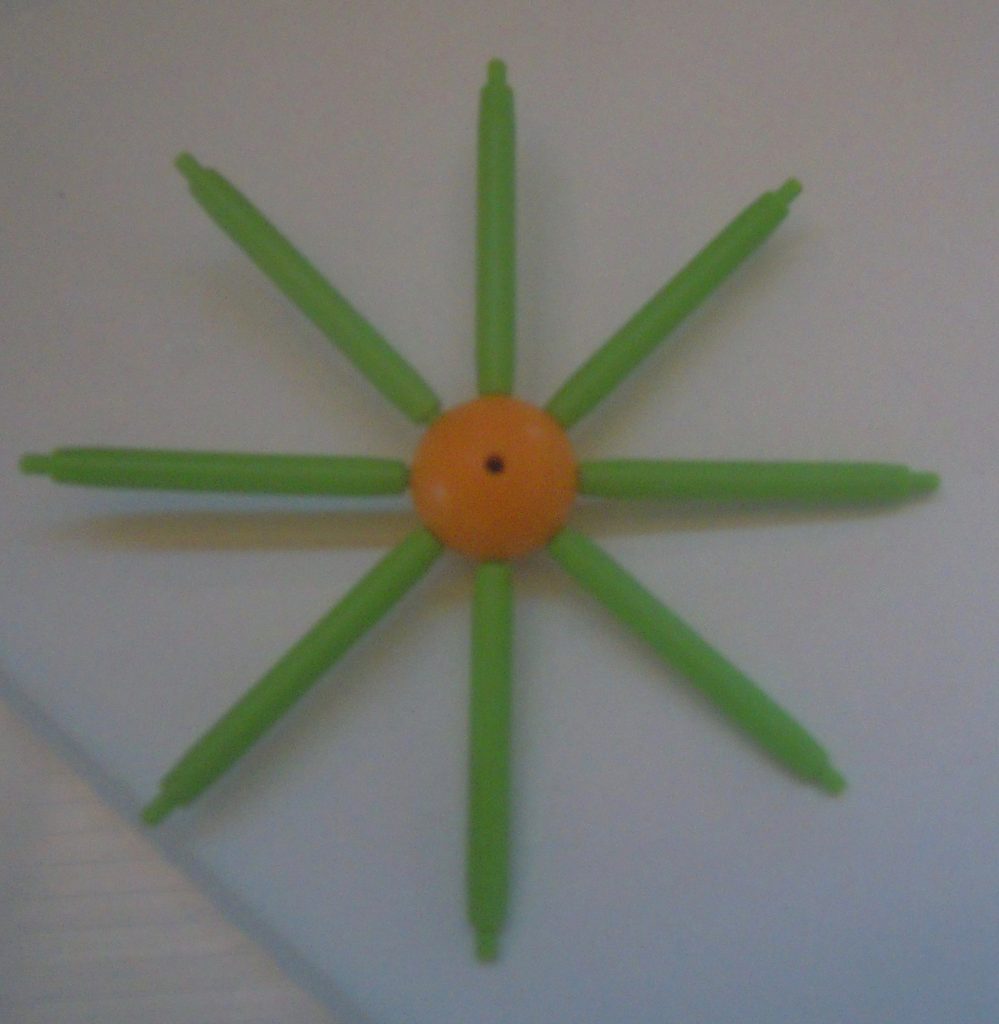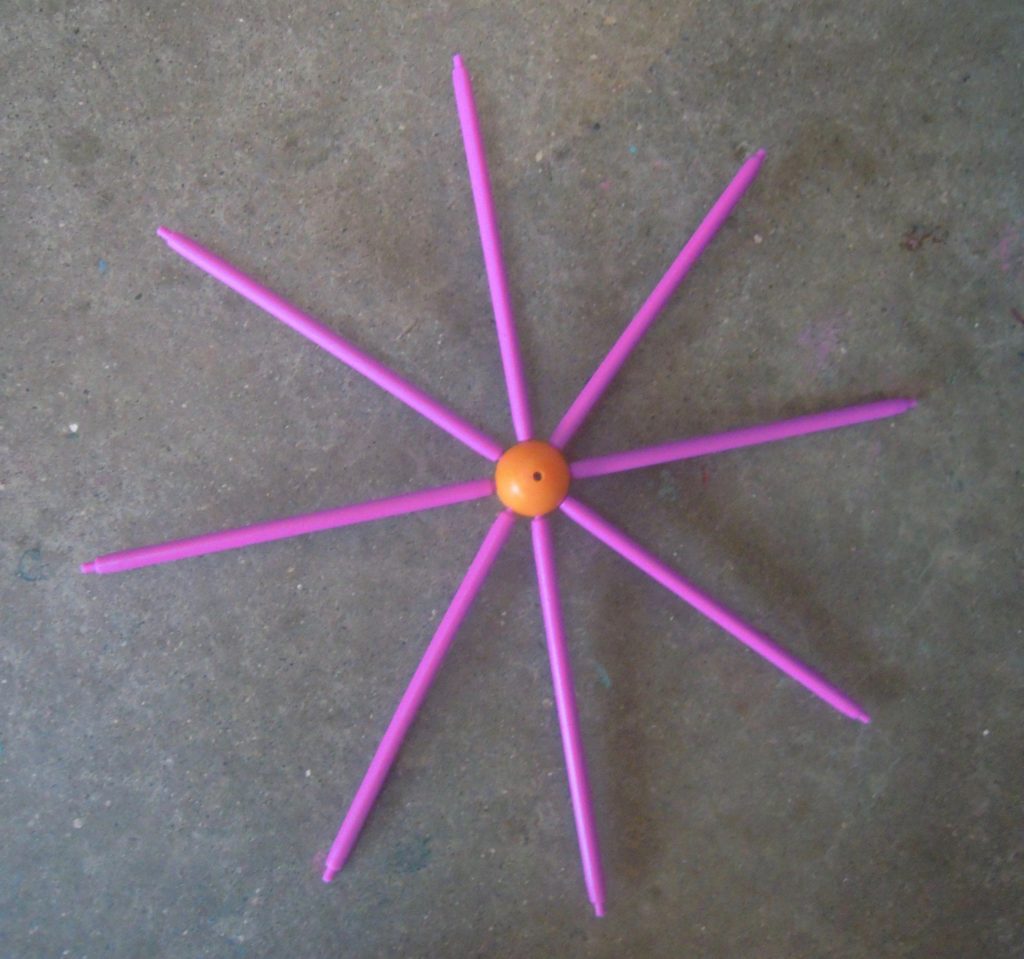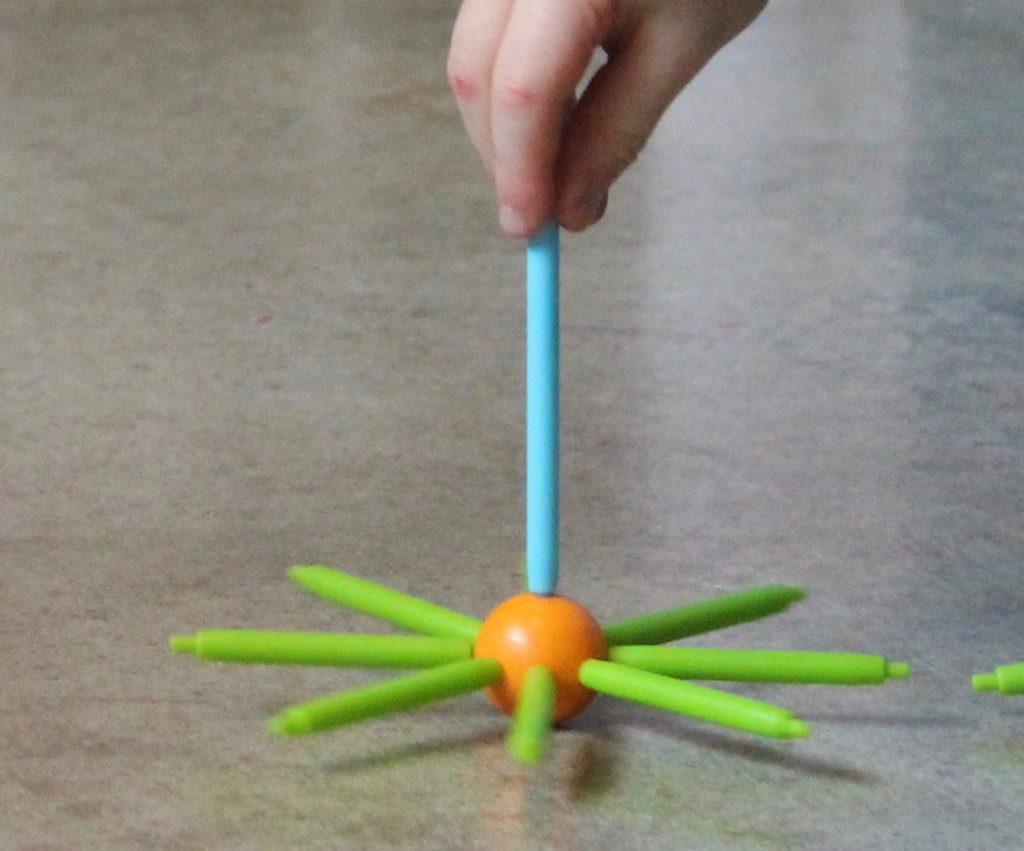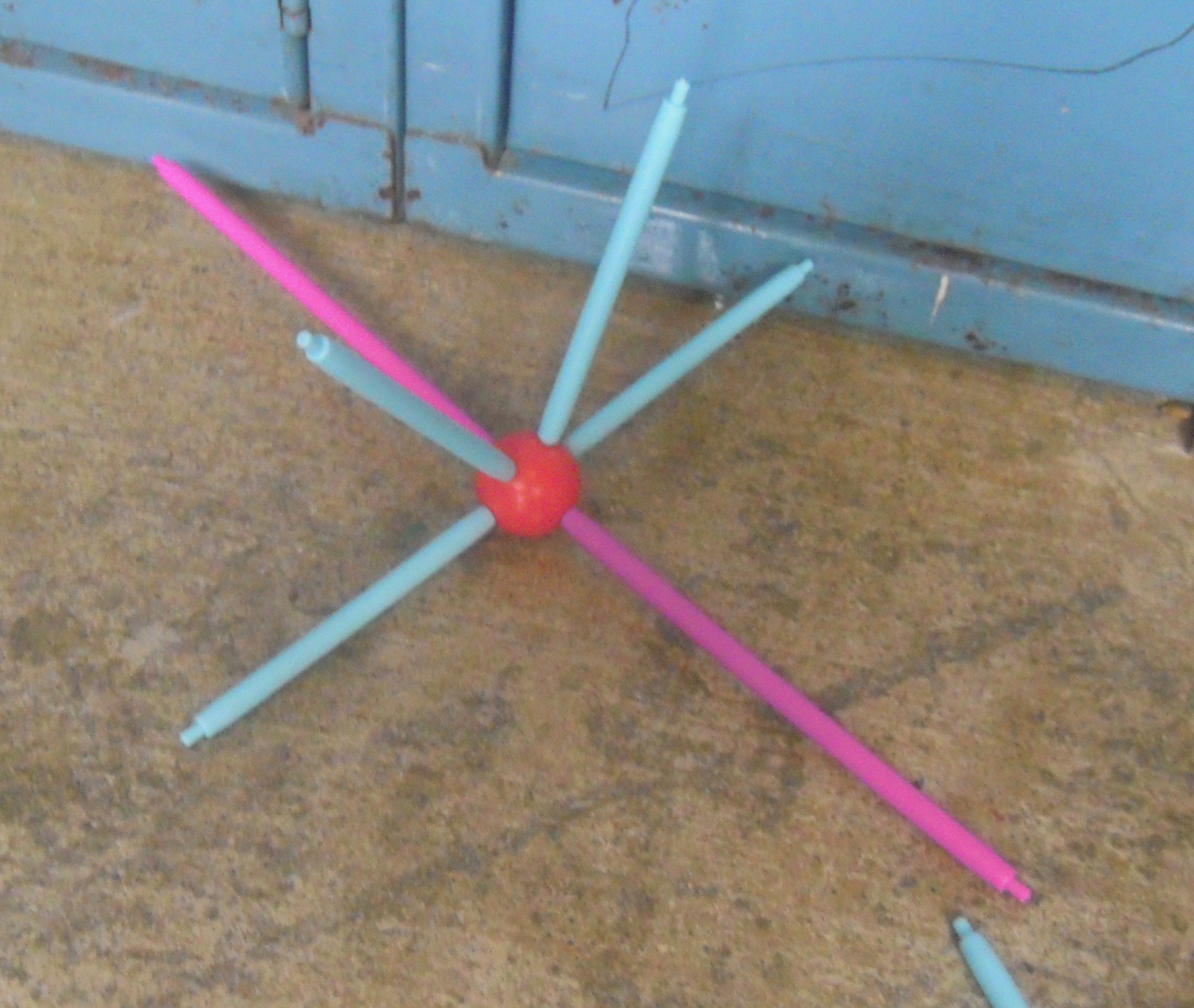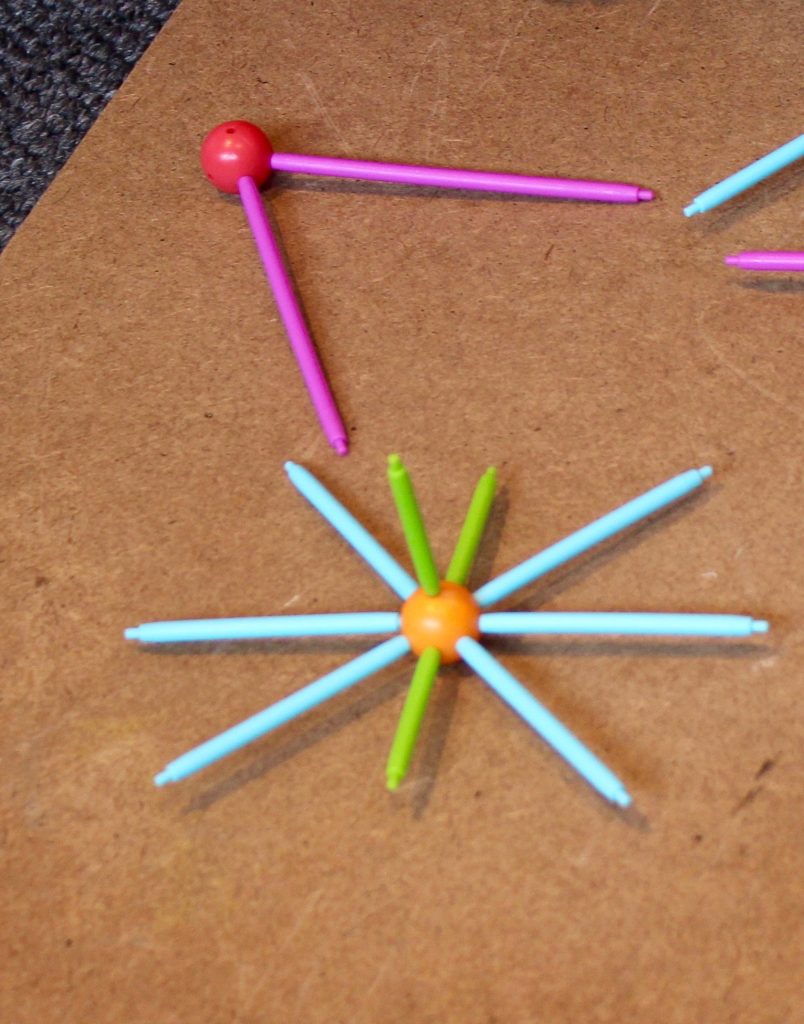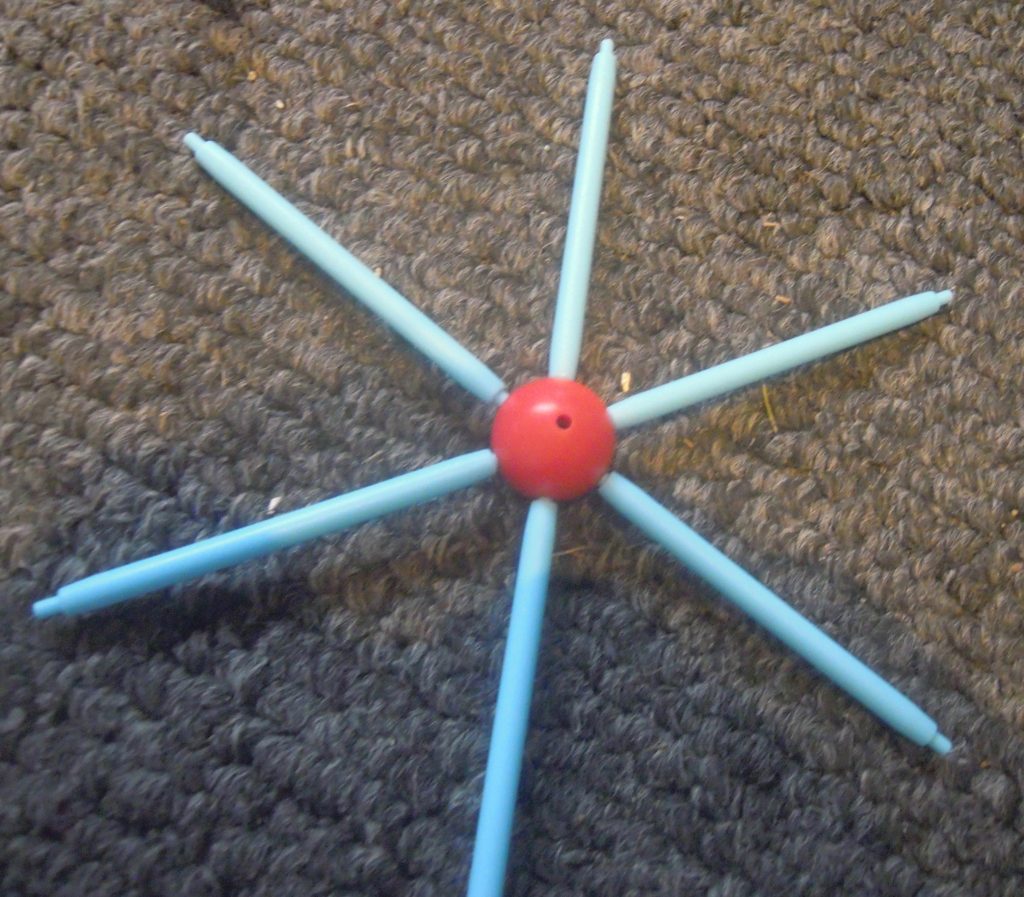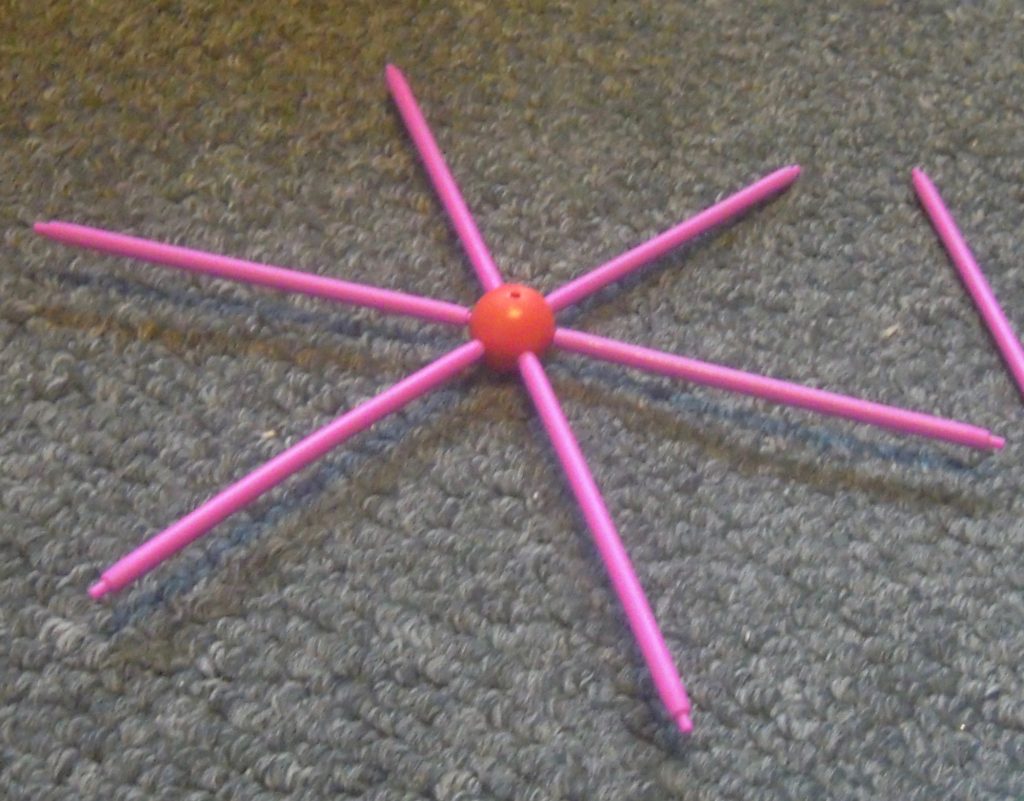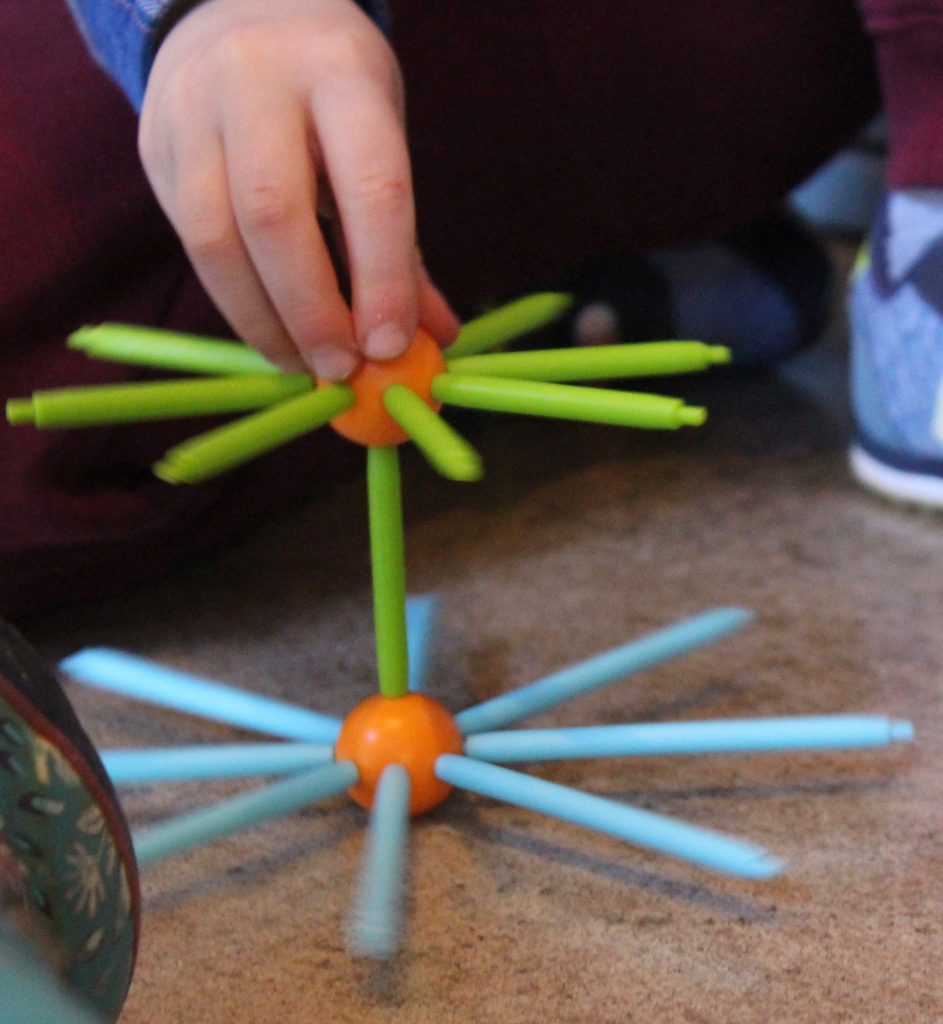Sometimes the most wonderful discoveries are made when we are trying to accomplish something else. When our efforts fail we often shift our thinking and we see possibilities.
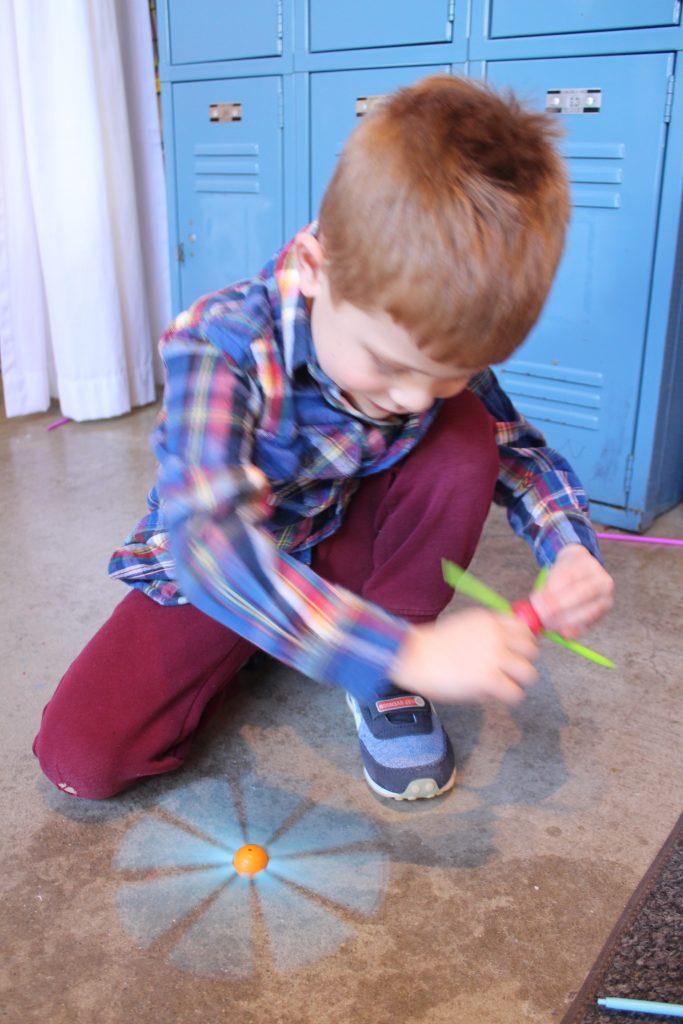
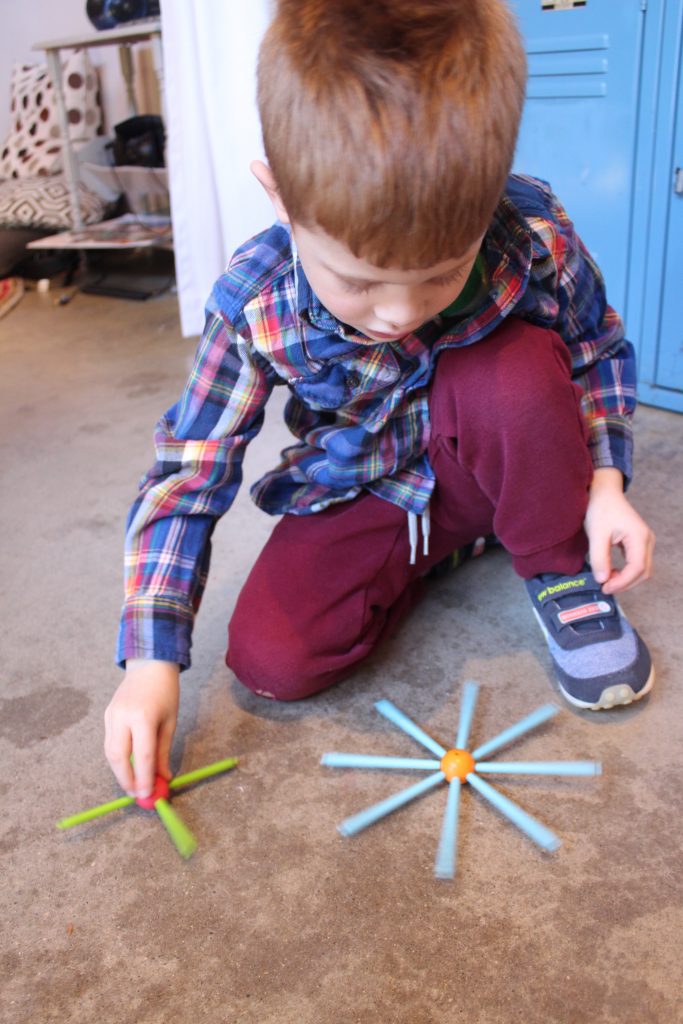
Are you making tops? Maren
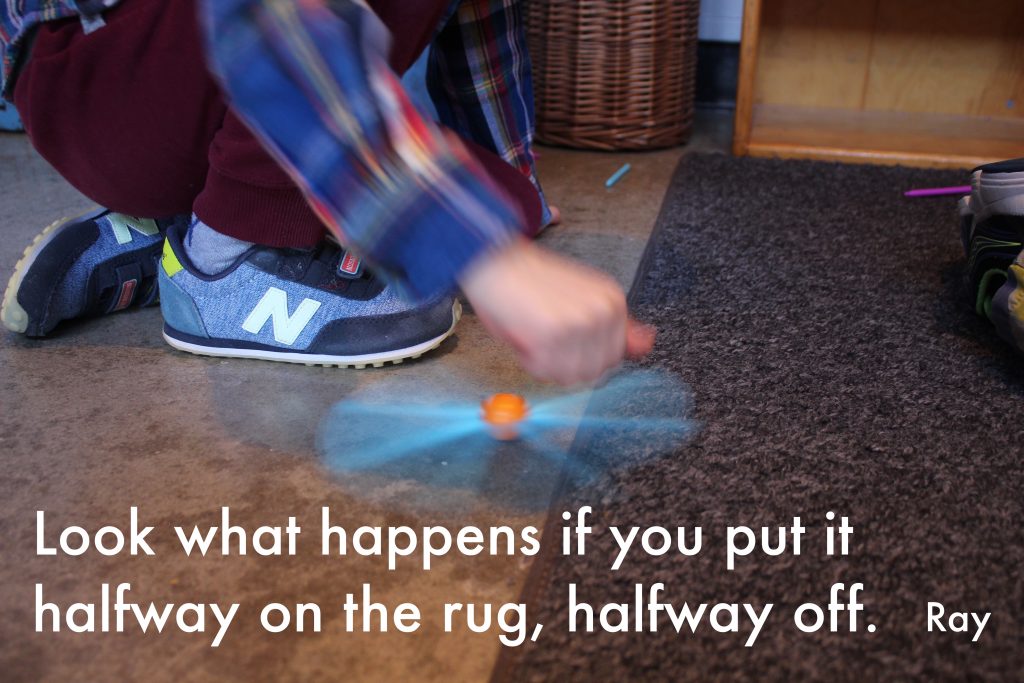
Let's see if this works. Maren
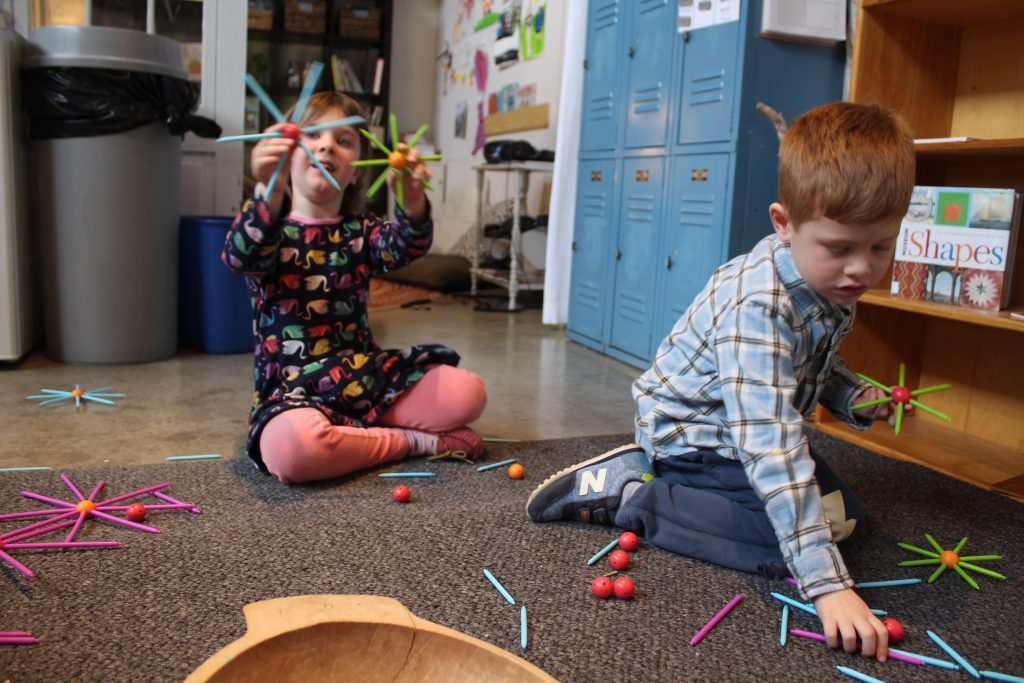
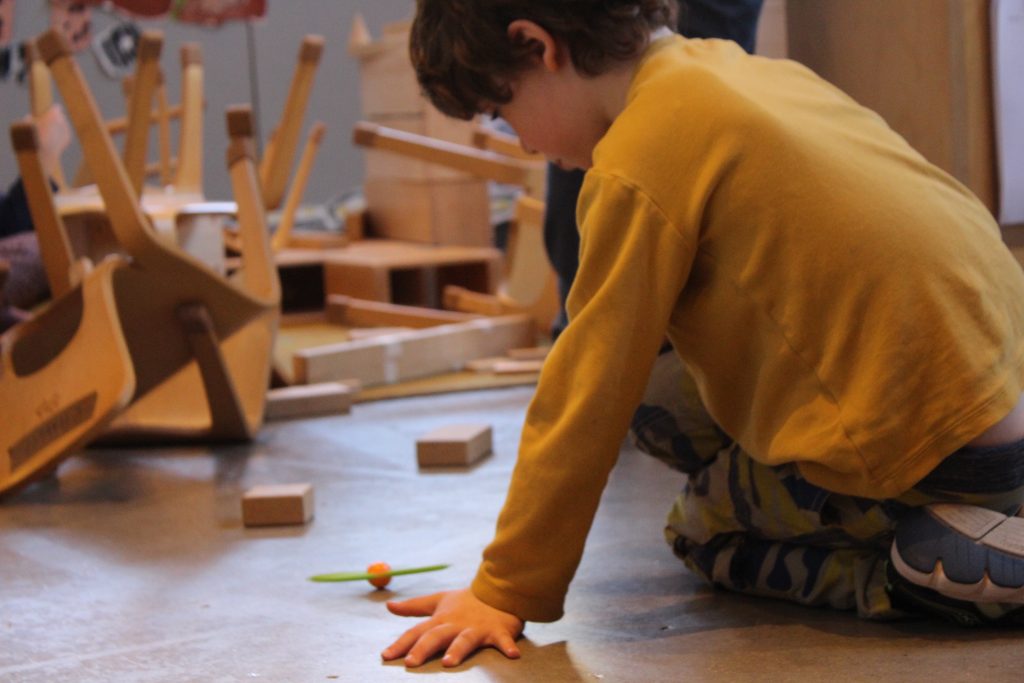
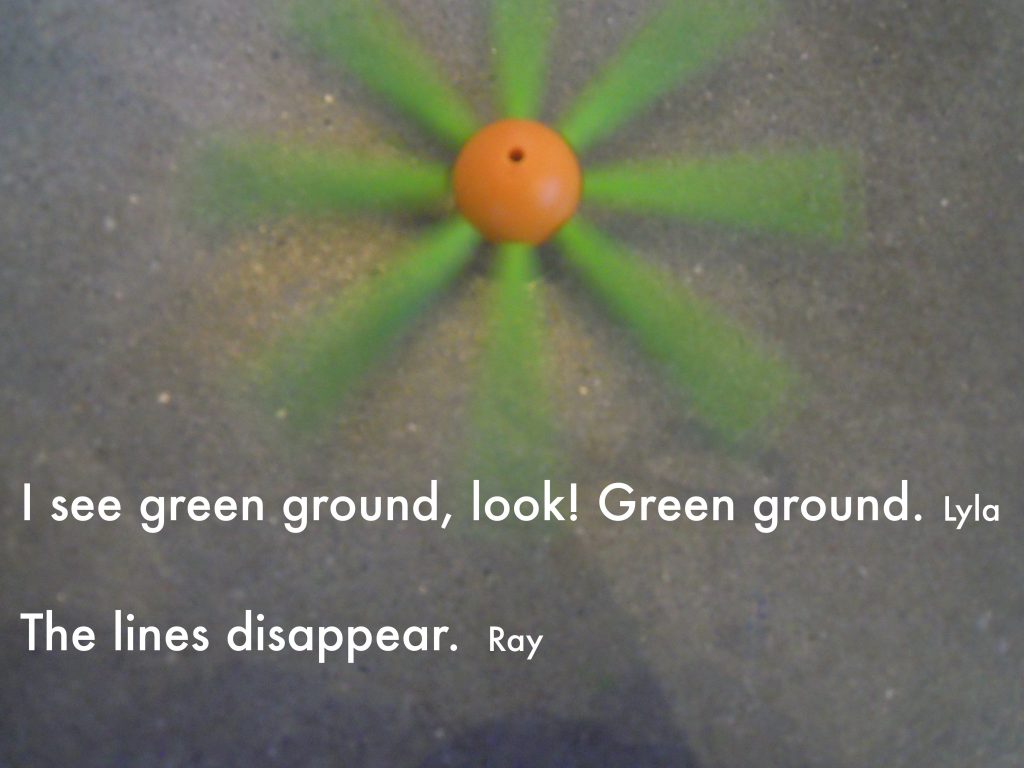
Probably the littlest goes the fastest. Jane
or maybe…
The ones that have the most on it work the best. Eight on it. Ray
This one has 1 -2 -3 - 4 -5 -6 -7 - 8.
Jane
I'm not sure if this will work. It won't stay up.
Zaahra
Me and Lyla tried that [double spinner] but it didn't work.
Birdie
I'm gonna see what happens if you connect 2.
Ray
I need two more pink ones. Do you have any pink ones I can have?
Sevi
You can see the floor through it.
Jane
It does really move. The others spin around.
Ray
Which do you think is faster?
It works and it doesn't work because it didn't go so fast.
Ray
It doesn't have enough momentum.
Graeme
You could take a video of them spinning.
Ray
The longer blades with the shorter blades , it makes it go fast.
Birdie
The longest make it go slower. The shortest goes the fastest. Because if it's long it might hit something and the shortest can go right under. The big one they would hit. Chester
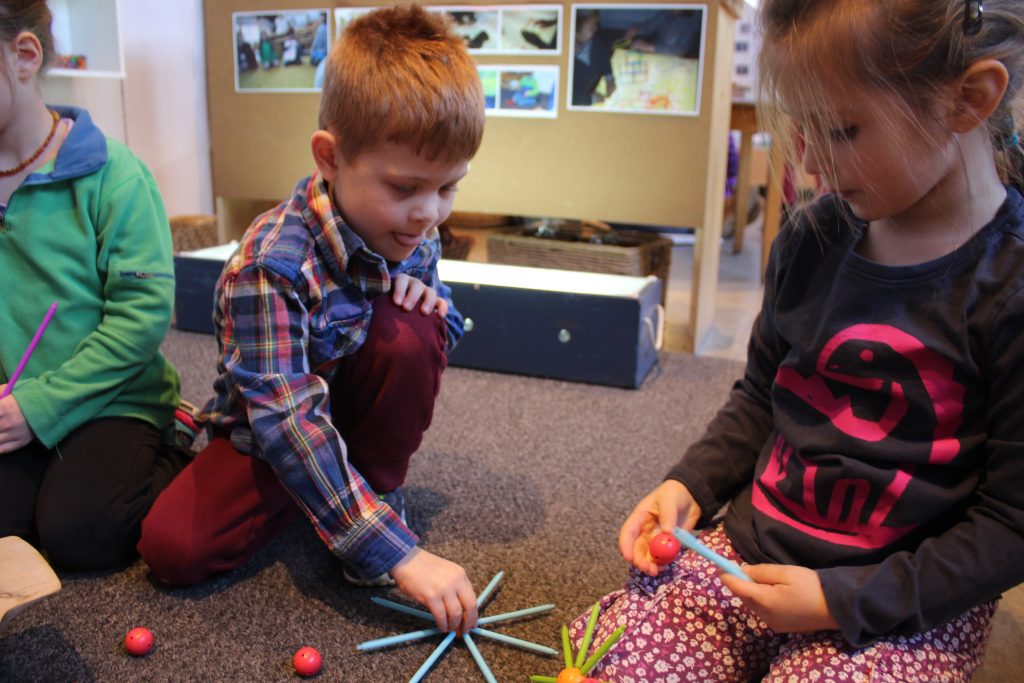
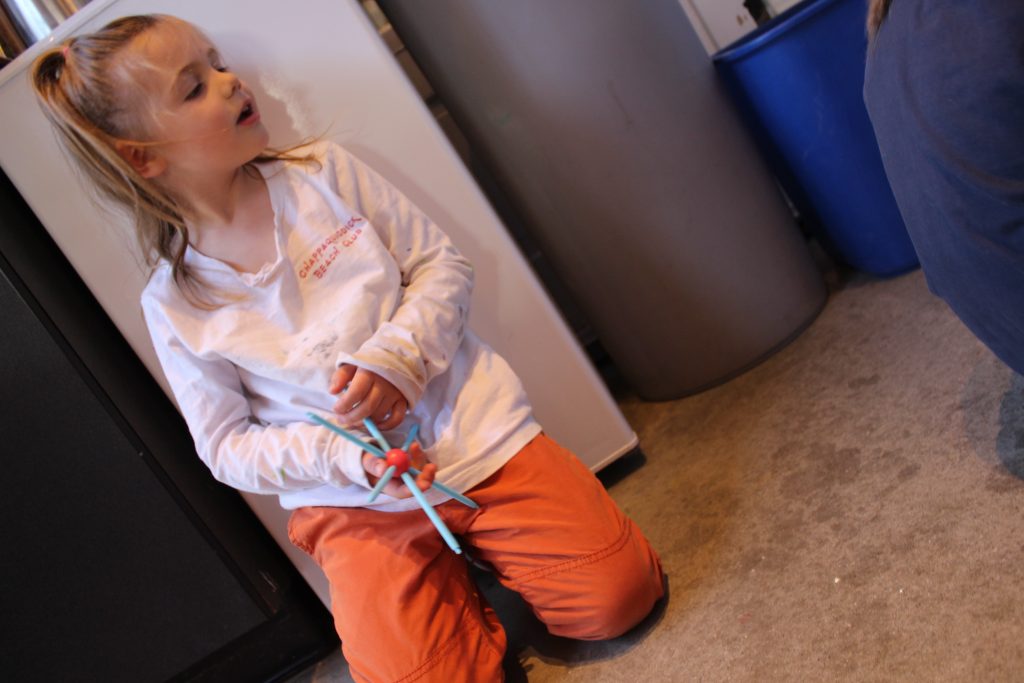
Can I show you something?
When you spin both at a time they sometimes both go. Jane
These do not work at all. Two is the baddest. One works! Ray
The four worked! Jane
Look at what one does. Ray
